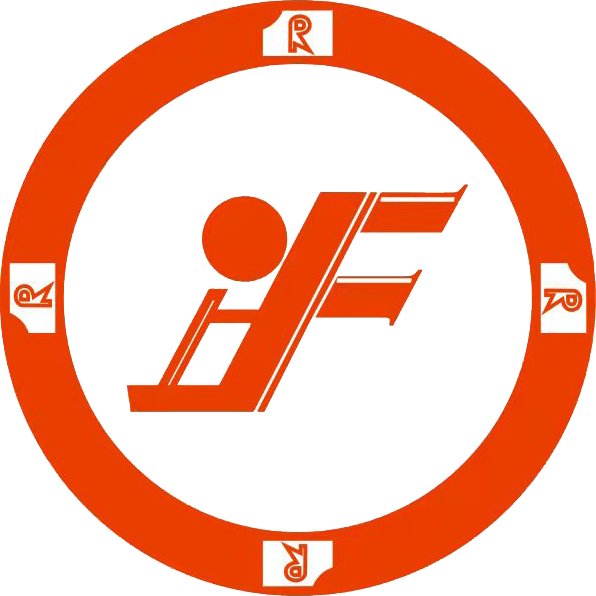Introduction to Die Casting in Russia
Die casting is a manufacturing process that involves forcing molten metal into a mold cavity to create intricate shapes and components. In Russia, this technique has seen significant evolution over the past few decades, fueled by advancements in technology and a growing demand for high-quality metal products.
Historical Background of Die Casting Techniques in Russia
The history of die casting in Russia dates back to the early 20th century, where basic methodologies were employed primarily for the production of smaller components. However, with the advent of the Soviet industrialization era in the 1930s, substantial investments were made into developing more sophisticated die casting techniques.
During the late 20th century, the fall of the Soviet Union brought about numerous challenges that affected the manufacturing sector, including die casting. The technological gap that developed during this period limited the competitive edge of Russian die casting in the global market. Nevertheless, the potential for growth remained, prompting both public and private sectors to invest in new technologies and innovations.
Recent Innovations in Die Casting Technologies
In recent years, Russian die casting has witnessed remarkable innovations. Key developments include:
High-Pressure Die Casting Techniques: The introduction of high-pressure die casting has allowed for the production of complex geometries with tighter tolerances. This not only improves the quality of the products but also increases the feasibility of using die casting for a wider range of applications.
Use of Advanced Alloys: The adoption of advanced aluminum and magnesium alloys has enhanced the strength-to-weight ratio of die cast components. This is particularly important in the automotive and aerospace sectors, where lightweight materials are crucial for performance.
Automated Systems: Automation technologies have streamlined die casting processes, reducing cycle times and enhancing productivity. Robots are increasingly used for tasks ranging from material handling to quality inspection.
Incorporation of Industry 4.0 Principles: The shift towards smart manufacturing has seen the integration of IoT devices that monitor production processes in real-time, leading to better quality control and predictive maintenance.
Challenges Facing the Die Casting Industry in Russia
Despite the advancements, the die casting industry in Russia faces several challenges:
Skilled Labor Shortage: The industry suffers from a lack of skilled workers, which hampers production efficiency and technological adoption.
Investment Limitations: While some companies have embraced innovation, many small and medium-sized enterprises struggle to secure funding for modern equipment and technologies.
Environmental Regulations: Increasingly stringent environmental regulations necessitate the implementation of greener production practices, which can be costly for existing operations.
Collaboration for Future Growth
Collaboration between various stakeholders in the die casting ecosystem—such as government, industry associations, and research institutions—is crucial for overcoming these challenges. Initiatives aimed at workforce development, funding for research, and promoting best practices can ultimately boost the sector's global competitiveness.
Conclusion
The evolution of die casting in Russia reflects both innovation and ongoing challenges. As the industry adapts to new technologies and market demands, it is essential that stakeholders come together to address workforce issues, invest in advanced manufacturing techniques, and comply with environmental standards. With the right strategy, the Russian die casting industry has the potential to thrive on a global scale.
FAQ
What types of materials are commonly used in die casting?
Die casting primarily utilizes aluminum, zinc, and magnesium alloys due to their favorable properties including strength, weight, and corrosion resistance.
How does die casting differ from other metalworking processes?
Die casting specifically involves the use of molds to create precise shapes, while other processes like forging and machining may involve shaping metals through hammering or cutting.
What industries benefit from die casting?
The automotive, aerospace, consumer electronics, and industrial machinery sectors are among the primary beneficiaries of die casting techniques due to the demand for high-quality metal components.
The Evolution of Die Casting Techniques in Russia Innovations and Challenges
